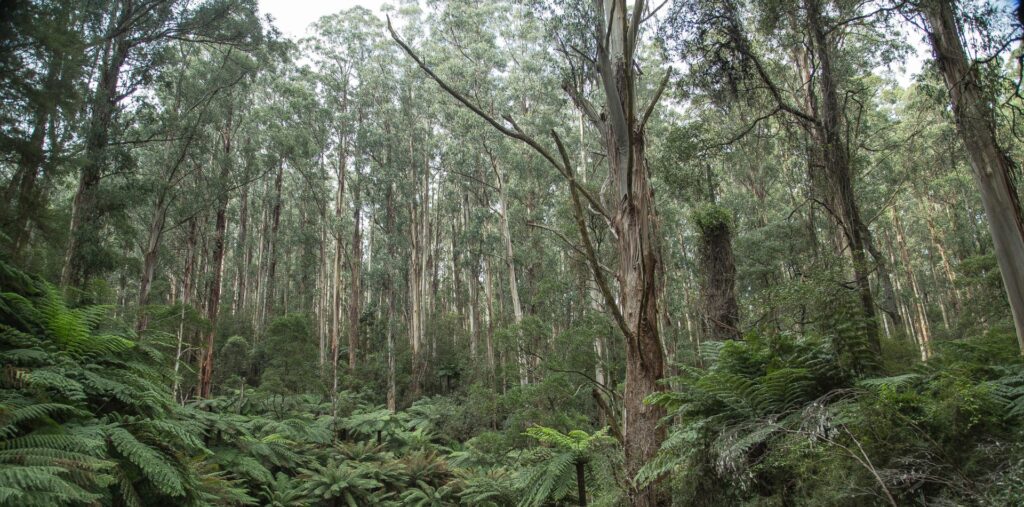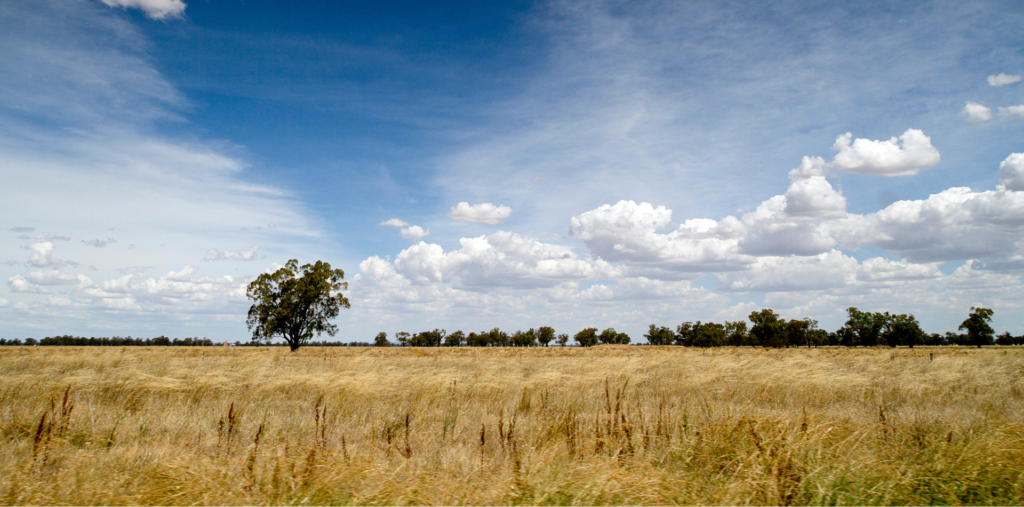We’re here to outline the key actions you can take in the monitoring phase to ensure your project is a success.
Undertaking a tree-based carbon project has multiple stages, each with its own level of involvement. Prior to planting, you might experience a flurry of activity focused on feasibility, planting design, securing nursery space and propagating seedlings.
The subsequent phase, which involves site preparation and planting, can also be very busy. But after planting, you typically won’t need to report on your project for up to five years from registration, which may give the impression that you can sit back, relax and simply “set and forget” your project. However, this period is arguably the most critical for ensuring success. Here are four key actions you should be taking during the project monitoring phase.

1. Environmental plantings method – 12-month survival check
One critical action subtly hidden in the Environmental Plantings method is the need for a 12-month survival check to ensure your project has ‘forest potential’- i.e., it is trending towards forest cover (20% crown cover at 2m height). You can assess this by conducting a survival evaluation across various planting areas. To ensure you have addressed this requirement, we suggest you collate your count sheets and take photos (with location tagging switched “on” if you’re using a smartphone) of the areas you’ve assessed as supporting evidence.
In addition to fulfilling the 12-month check, it’s wise to conduct ongoing monitoring throughout the project. Early assessments will help determine if infill planting is necessary, while later checks will allow you to quickly identify and respond to any loss events.

2. Plantation forestry method – 80% survival check
Similar to the 12-month check in the Environmental Plantings method, the Plantation Forestry method requires validation of survival rates. Specifically, you need to confirm that at least 80% of the trees survived the initial planting. If this threshold is not met, infill planting will be necessary. Again, make sure to keep your count sheets and take photos for future reporting.
3. Monitoring and managing risk
An obvious but essential requirement is to actively monitor and manage project risks throughout its lifespan. This includes vigilance for pests, weeds, disease signs, tree health, and fire hazards (like high fuel loads between tree rows). Annually, ensure compliance with your fire management plan, permanence plan and any local fire management notices, including the maintenance of fire breaks.

4. Developing your long-term project plan
This phase is also an excellent opportunity to refine your long-term project plan. If acquiring ACCUs for selling or insetting is a priority, you should determine when to expect your first and subsequent issuances and plan accordingly. While the immediate pressure may be off, take the time to organize your project records clearly and systematically to facilitate future reporting. The earlier you do this, the fresher your memory will be and creating a neat system will save headaches in the long-term.
The Carbon Farming Foundation (CFF) has a skilled project team with extensive experience in executing successful projects backed by robust monitoring phases. We’ve created user-friendly resources and strategies to streamline and enhance your project’s monitoring phase. To learn more, feel free to contact our friendly team here.


![AFN – Cert Accredited Expert [RGB] AFN - Cert Accredited Expert [RGB]](https://carbonfarming.org.au/wp-content/uploads/elementor/thumbs/AFN-Cert-Accredited-Expert-RGB-e1725255016744-qti2uogw4b9a3s6au2d1bbf4utb8ggjuwvkj4qpce8.png)